Table of Contents
Chess is a classic game played on a checkered board. Knowing the names and how each chess piece moves is key to playing well. Understanding the names of the chess pieces name helps players grasp their roles and strategies on the board.
In this article, we will explore the names and movements of all the chess pieces. We will also provide visual aids with images of the pieces and their names. Learning about the chess pieces names and moves is essential for improving gameplay and enjoying the game to its fullest.
Each chess piece, such as the King, Queen, Rook, Bishop, Knight, and Pawn, has a specific name pieces and unique way of moving across the board. The King is the most important piece, and protecting it is crucial for success in the game.
The chessboard consists of 64 squares where the pieces are positioned at the beginning of the game. Understanding the names of the squares and the pieces enhances players’ ability to strategize effectively during game play.
By familiarizing yourself with the chess pieces names and moves, you can elevate your chess skills and experience the thrill of this timeless game with greater confidence and enjoyment. Let’s dive into the world of chess pieces and unravel the mysteries of their chess pieces names and movements.
All Chess Pieces Name
In chess, each player starts with 16 pieces, divided into two sets: white and black. The names of the chess pieces are as follows:
- King: The most important piece on the board, represented by the letter “K.”
- Queen: The most powerful piece, symbolized by the letter “Q.”
- Rook: Also known as a castle, moves horizontally or vertically, denoted by the letter “R.”
- Bishop: Moves diagonally, represented by the letter “B.”
- Knight: Moves in an L-shape, jumping over other pieces, indicated by the letter “N.”
- Pawn: The smallest piece, moves forward and captures diagonally, without the ability to move backward.
Chess Pieces Name of Board
On a standard chessboard, each player has the following pieces:
- (1) King
- (1) Queen
- (2) Rooks
- (2) Knights
- (2) Bishops
- (8) Pawns
Understanding the role and movement of each piece is crucial for developing effective strategies and outmaneuvering your opponent.
Chess Pieces Name and Moves
- King: The King can move one square in any direction.
- Queen: The Queen can move any number of squares in a straight line horizontally, vertically, or diagonally.
- Rook: The Rook moves horizontally or vertically across the board.
- Bishop: The Bishop moves diagonally across the board.
- Knight: The Knight moves in an L-shape, two squares in one direction and then one square perpendicular to that.
- Pawn: Pawns move forward one square, but capture diagonally. On their first move, pawns have the option to move two squares.
Now, let’s explore each chess piece in more detail.
King
- Name: The King is the most crucial piece on the board, represented by the letter “K.”
- Move: The King can move one square in any direction – horizontally, vertically, or diagonally.
- Importance: Protecting the King is paramount, as the game is won by putting the opponent’s King in a position where it cannot escape capture, known as checkmate.
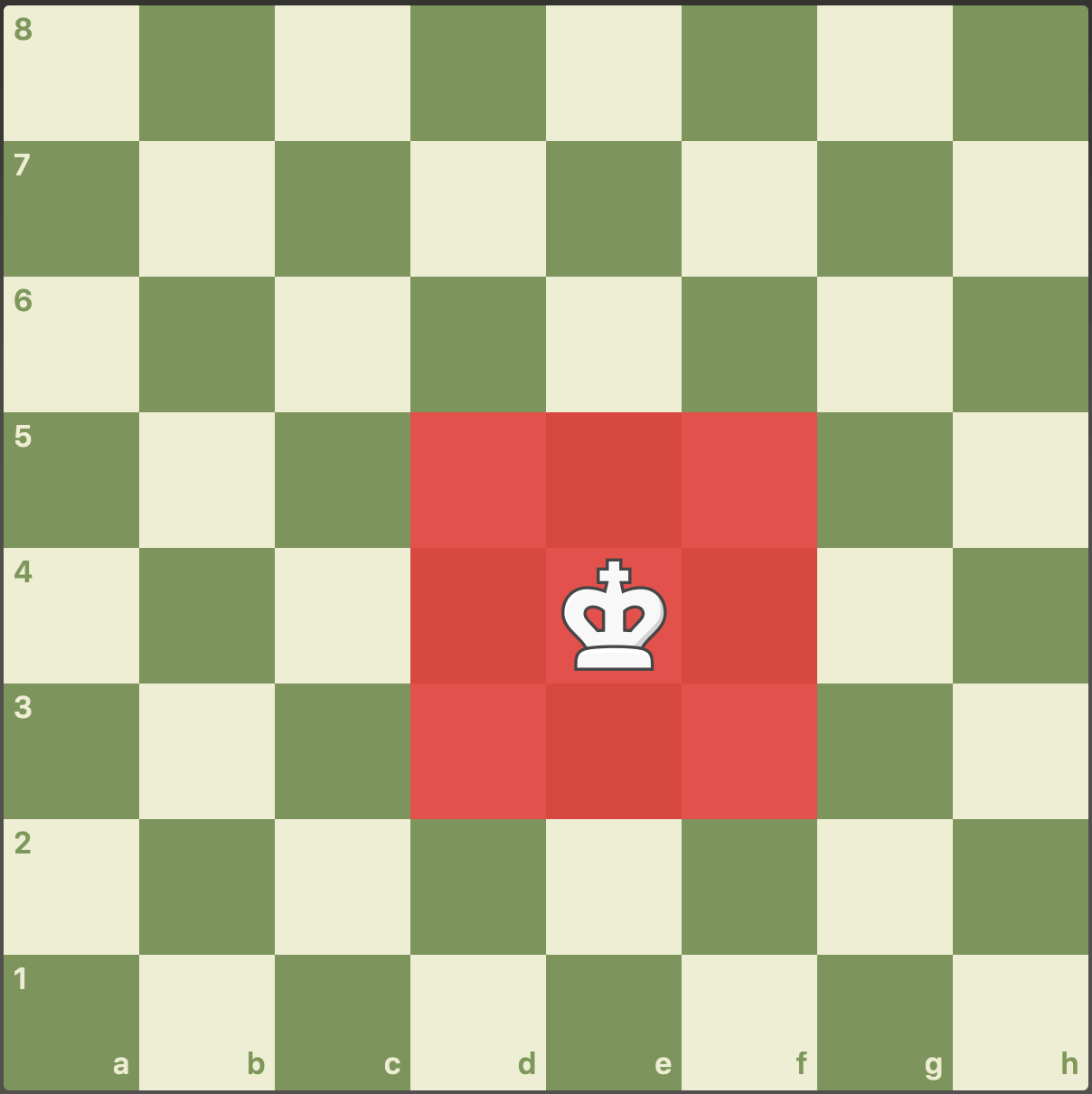
Queen
- Name: The Queen is the most powerful piece, symbolized by the letter “Q.”
- Move: The Queen can move any number of squares in a straight line horizontally, vertically, or diagonally.
- Role: The Queen is a versatile piece, often considered the most valuable due to its ability to control multiple directions on the board.
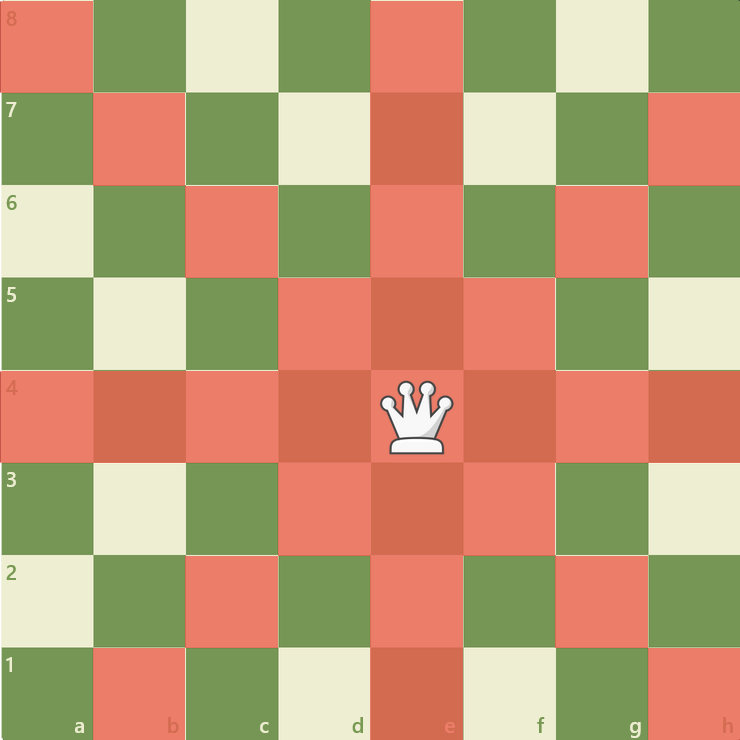
Rook
- Name: Also known as a castle, the Rook is denoted by the letter “R.”
- Move: The Rook moves horizontally or vertically across the board, covering long distances.
- Strategy: Rooks are effective in controlling open files and ranks, making them valuable in endgame scenarios.
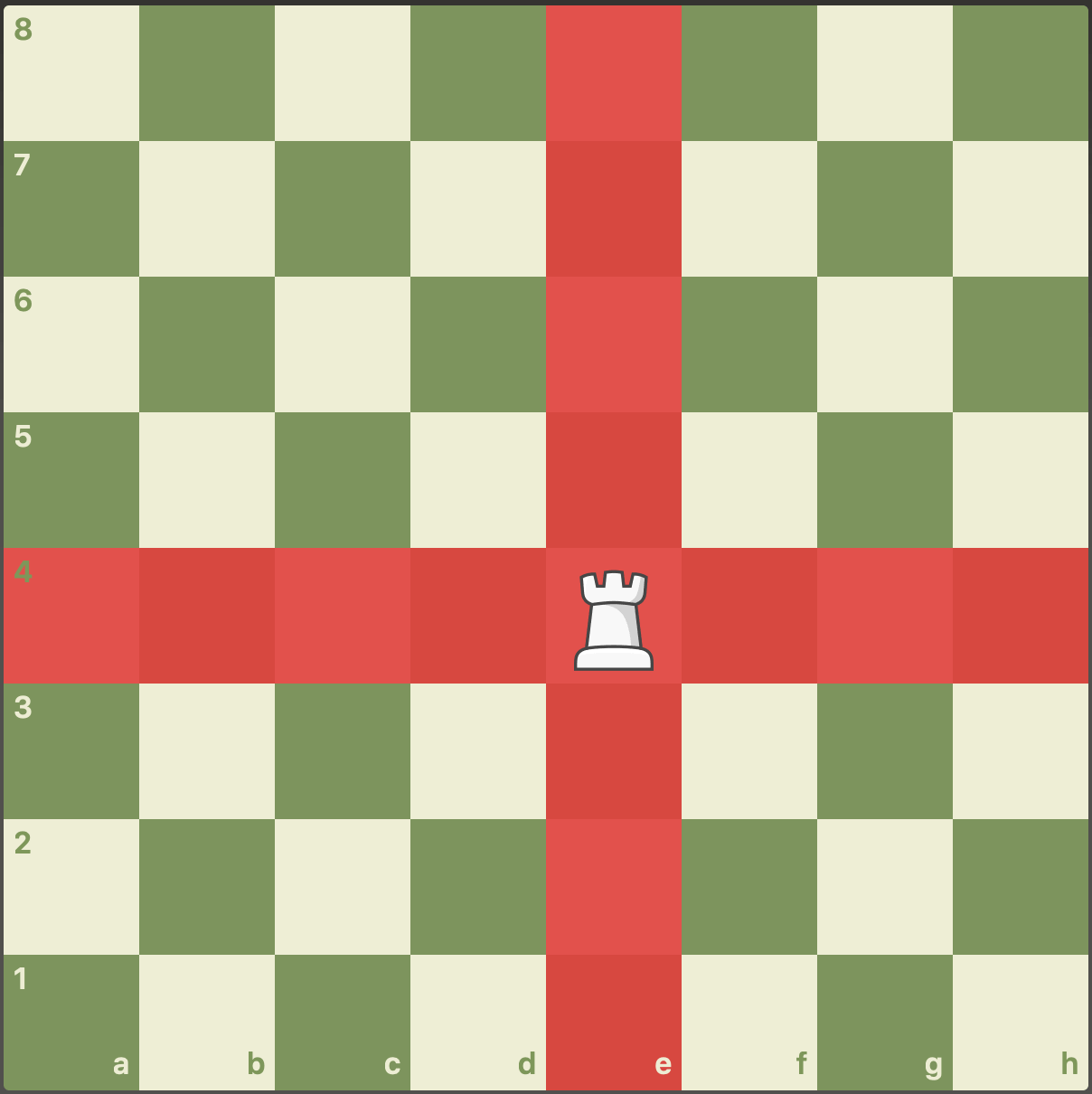
Bishop
- Name: The Bishop is represented by the letter “B.”
- Move: The Bishop moves diagonally across the board, covering squares of the same color.
- Tactics: Bishops are powerful when positioned on long diagonals, influencing the center and attacking enemy pieces from a distance.
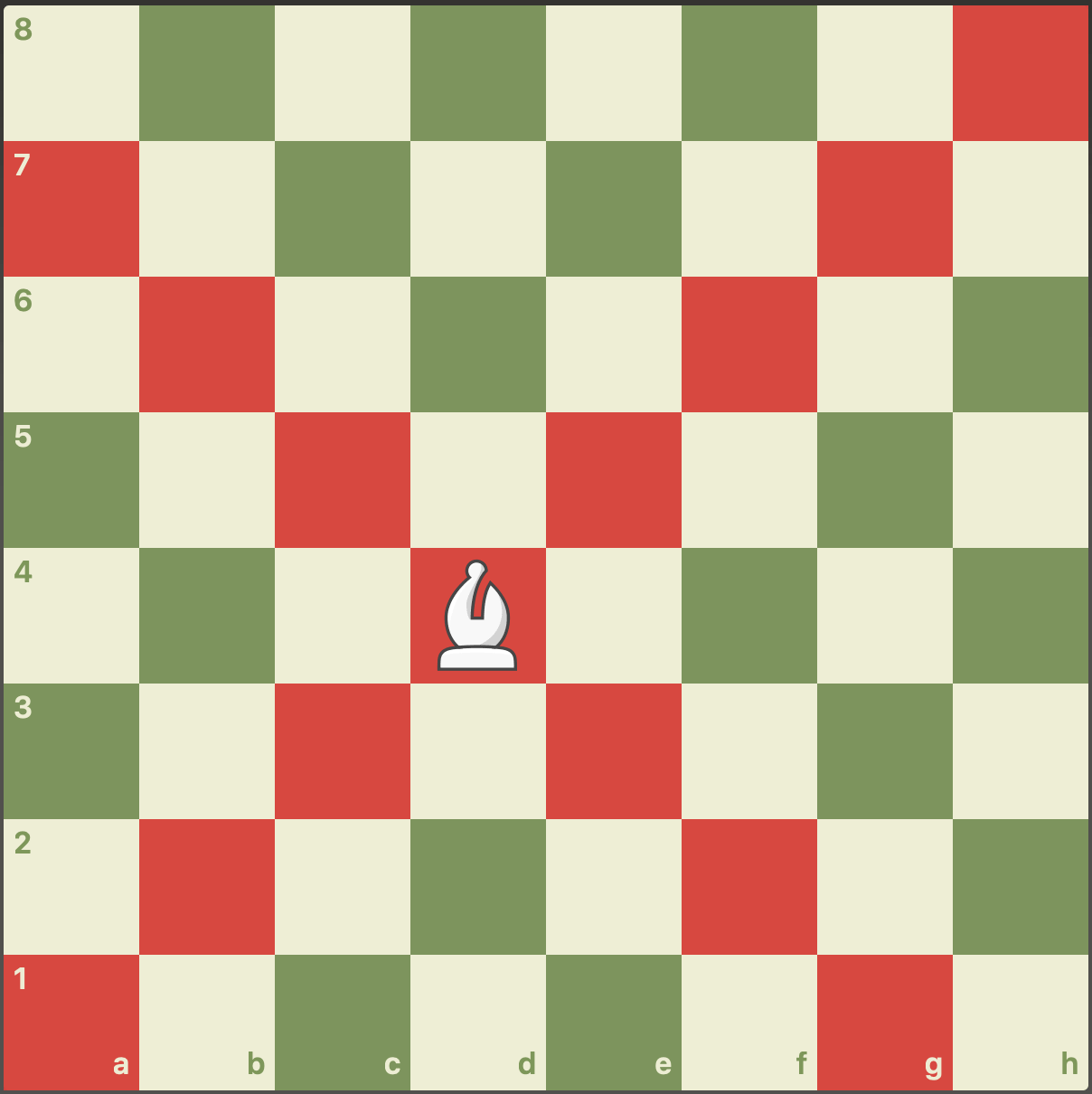
Knight
- Name: The Knight is indicated by the letter “N.”
- Move: The Knight moves in an L-shape, two squares in one direction and then one square perpendicular to that.
- Uniqueness: Knights are the only pieces that can jump over other pieces, making their movements unpredictable and strategic.

Pawn
- Name: Pawns are the smallest pieces on the board.
- Move: Pawns move forward one square but capture diagonally.
- Special Moves: Pawns have unique rules, including the option to move two squares on their first move and the ability to promote to any other piece upon reaching the opponent’s back rank.
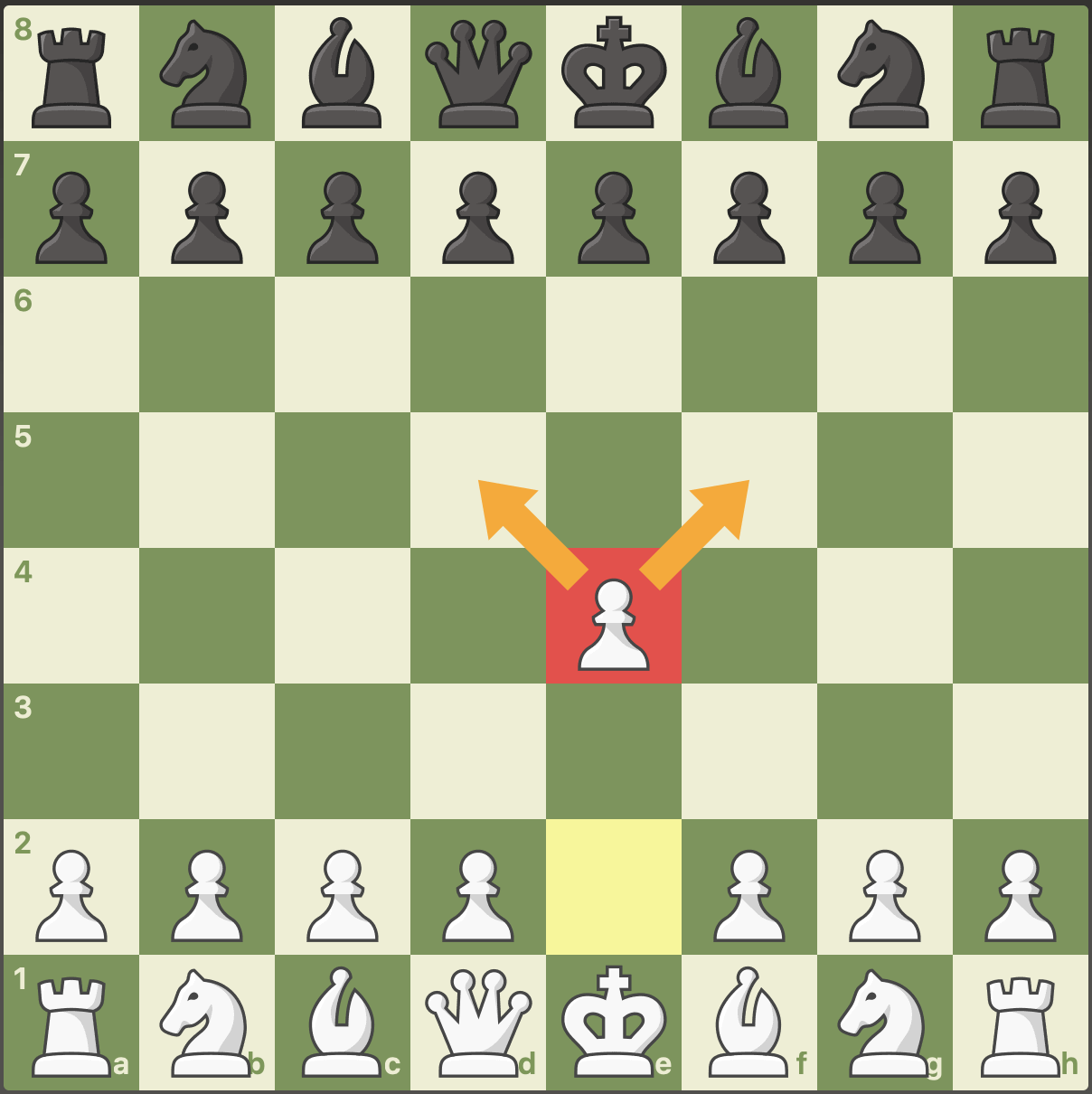
Chess Pieces Names and Images
- King: The King is represented by the letter “K” and is depicted as the tallest piece with a cross on top.
- Queen: The Queen, symbolized by the letter “Q,” is the second tallest piece with a crown.
- Rook: The Rook, denoted by the letter “R,” resembles a castle tower.
- Bishop: The Bishop, represented by the letter “B,” has a pointed top resembling a bishop’s hat.
- Knight: The Knight, indicated by the letter “N,” is shaped like a horse’s head.
- Pawn: The Pawn is the smallest piece, often depicted as a simple, short column.
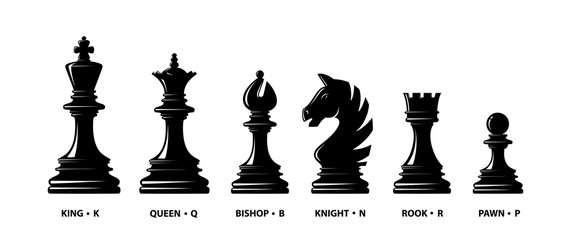
Understanding the chess names and movements of each name piece is fundamental to playing and enjoying the game of chess. By mastering the roles and strategies associated with each piece, players can enhance their gameplay and strategic thinking on the chessboard.
Chess Pieces Name FAQs
What are the 16 chess pieces called?
The 16 chess pieces for each player are the King, Queen, 2 Rooks, 2 Bishops, 2 Knights, and 8 Pawns.
What is the oldest name for chess?
The oldest known name for chess is Chaturanga which originated in ancient India around the 6th century AD.
What is the OG name for chess?
The original name for chess is Chaturanga which means four divisions in Sanskrit, referring to the four divisions of the ancient Indian army: elephants, chariots, horses, and infantry.
How are chess moves named?
Chess moves are named using the piece's abbreviation (e.g., K for King, Q for Queen) followed by the destination square (e.g., e4, g7).
What is a famous chess move?
One of the most famous chess moves is the Fool's Mate, which is the shortest possible checkmate, occurring in just two moves.
What is n in chess?
In chess notation, n is used to represent the Knight, as N is already used for the King.
What is 10 second chess called?
10-second chess is known as Bullet Chess, where each player has only 60 seconds for the entire game, with each move taking 10 seconds or less.
Who invented chess?
The exact inventor of chess is unknown, but it is believed to have originated in ancient India around the 6th century AD.









